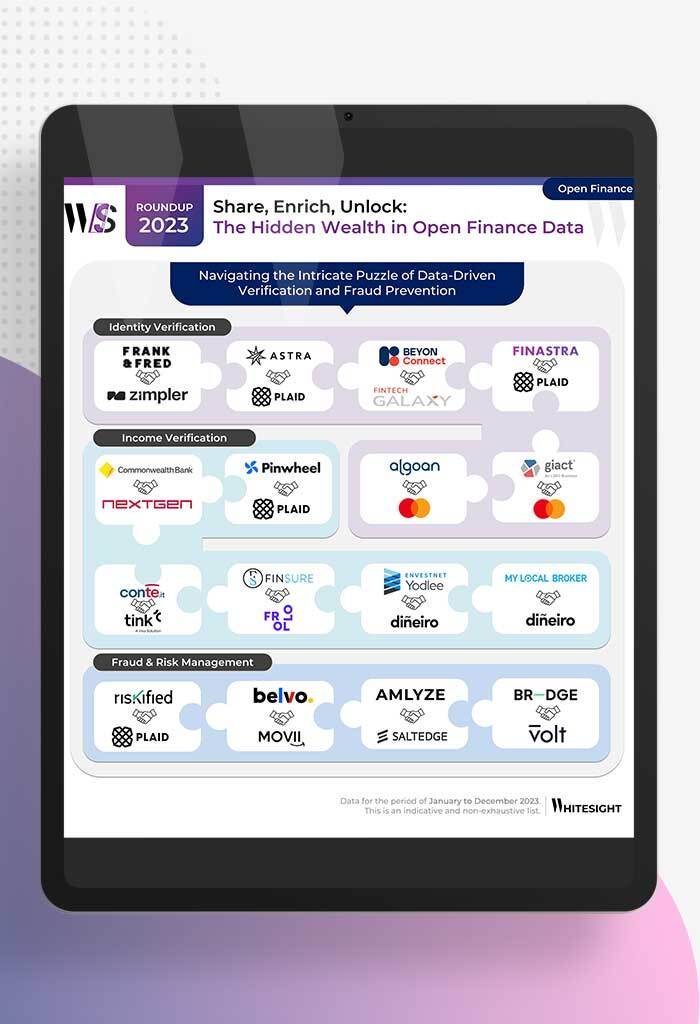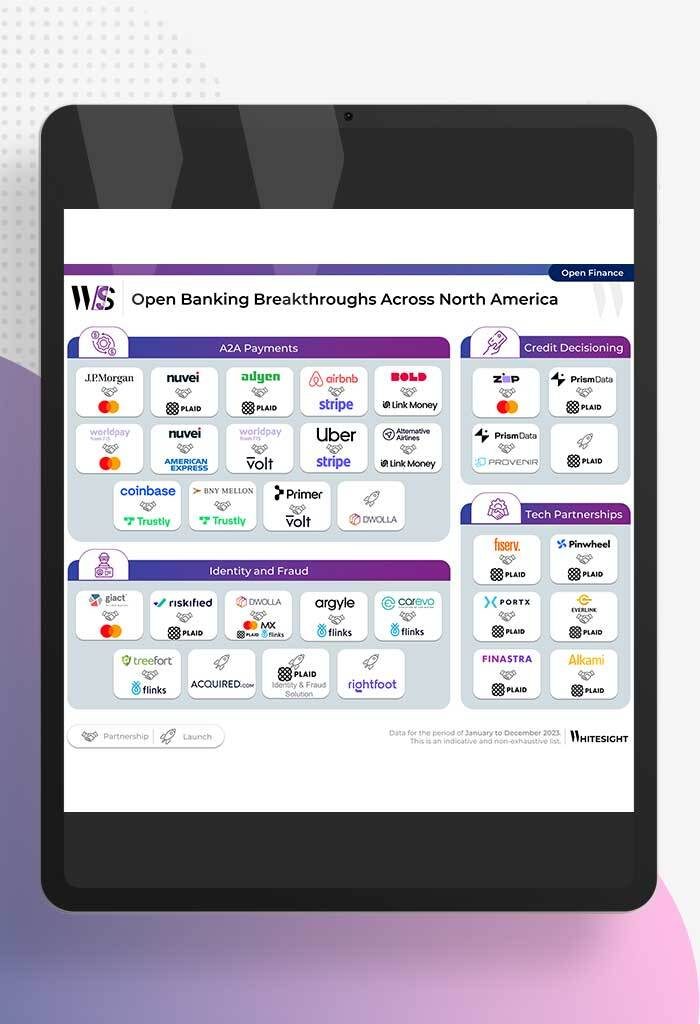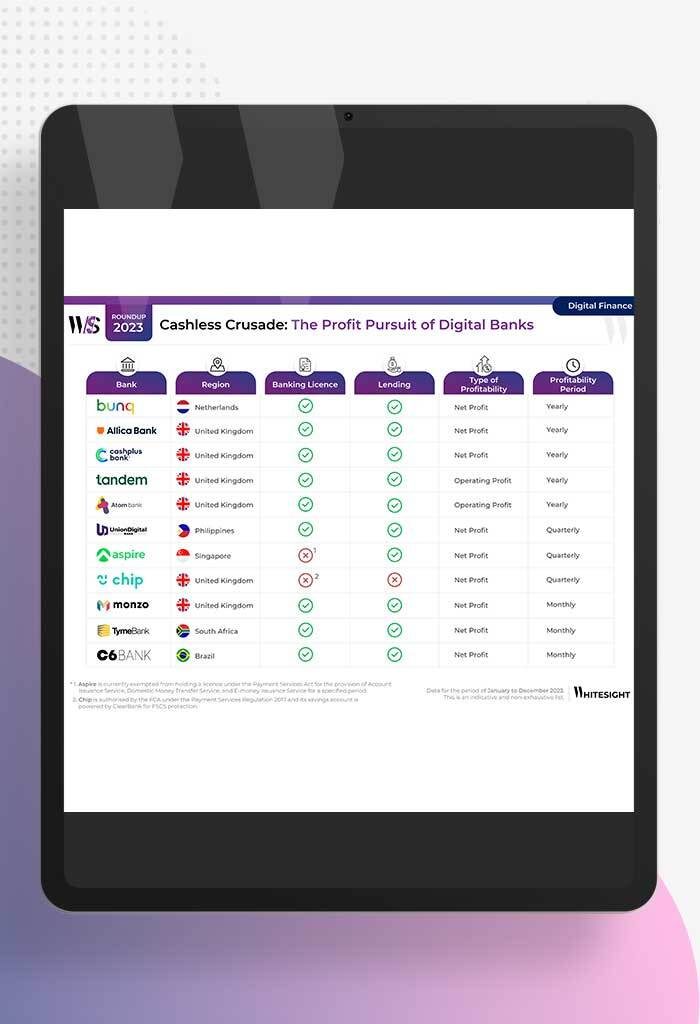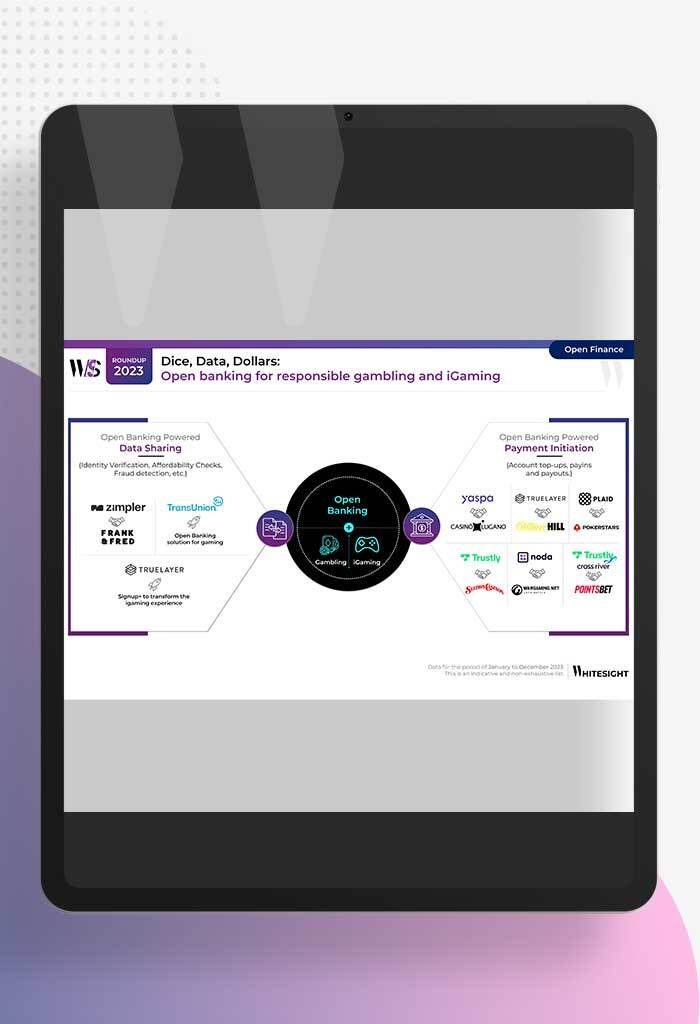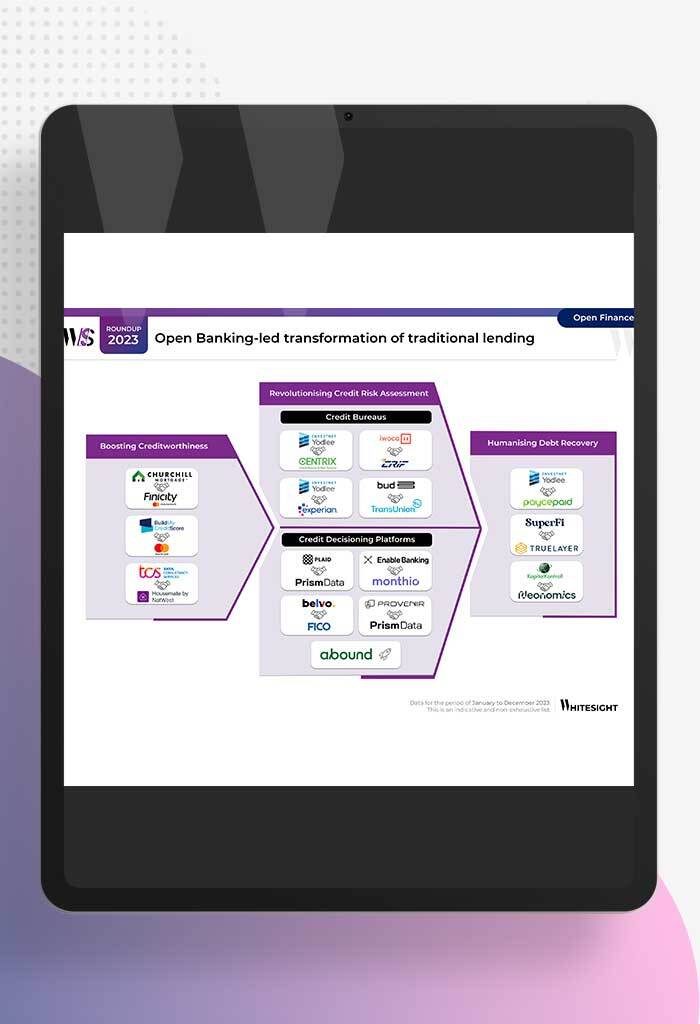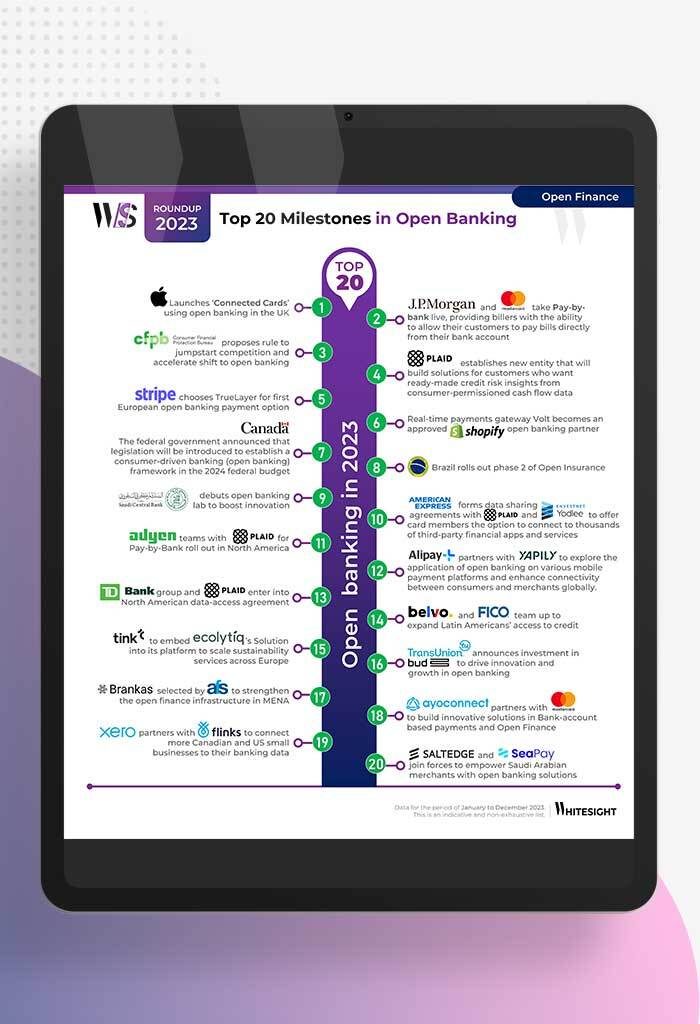Table of Contents
Payment processors had an incredible run during the pandemic, riding the wave of increased adoption of digital payments among merchants and consumers alike.But now, they’re on the lookout for the next big thing to keep the momentum going. And guess what? They’ve hit the jackpot with Embedded Finance, and they’re going all-in on this trend.Embedded Finance enables payment processors to tap into their client base, which primarily consists of platforms and marketplaces serving small and medium businesses (SMBs), and unlock fresh revenue streams for both themselves and their clients. It’s a win-win situation that promises exciting growth opportunities for everyone involved. In our recent report, we took a deep dive into Stripe’s Embedded Finance playbook. Now, it’s time to shift our focus across the pond and shine the spotlight on another payment giant – Adyen! The Dutch payments company Adyen has emerged as a prominent player by seamlessly integrating financial products into its payment platform. With 27 global offices, $9.4B revenue, and $8.3B assets, Adyen has emerged as a payments powerhouse for enterprises, mid-market firms and platforms serving SMBs. Adyen’s bold leap into embedded finance Unlocking the power of unified commerce and digital payments for global enterprises, Adyen has evolved […]
This post is only available to members.
Already a subscriber? Log in to Access
Unlock this blog
Gain exclusive access to this blog alone.
Radar Subscription
Select a membership plan that resonates with your
goals and aspirations.
Not Ready to Subscribe?
Experience a taste of our expert research with a complimentary guest account.
We publish new research regularly. Subscribe to stay updated.
No spam.
Only the best in class fintech analysis.
Related Posts
- Kshitija Kaur and Sanjeev Kumar
From Data Streams to Enriched Data Fountains Remember the early days of plumbing? Water flowed freely, but its quality was...
- Samridhi Singh and Sanjeev Kumar
North America’s Open Sesame: Use Cases Bloom Open banking has garnered significant attention in recent years, and at Whitesight, we’ve...
- Samridhi Singh and Sanjeev Kumar
Profitability Unlocked: Licences, Service, and Survival The rise of digital banks has sparked a paradigm shift in how we perceive...
- Sanjeev Kumar and Risav Chakraborty
High stakes in the gambling sector The online gambling industry is booming, with a projected market size of $107.3B by...
- Sanjeev Kumar and Risav Chakraborty
Open Banking-led Transformation of Traditional Lending In 2023, a wave of innovation swept through the lending industry, thanks to several...
- Sanjeev Kumar
Unmasking Open Banking’s Game Changers in 2023 2023 has been a pivotal year in the world of open banking, marked...
